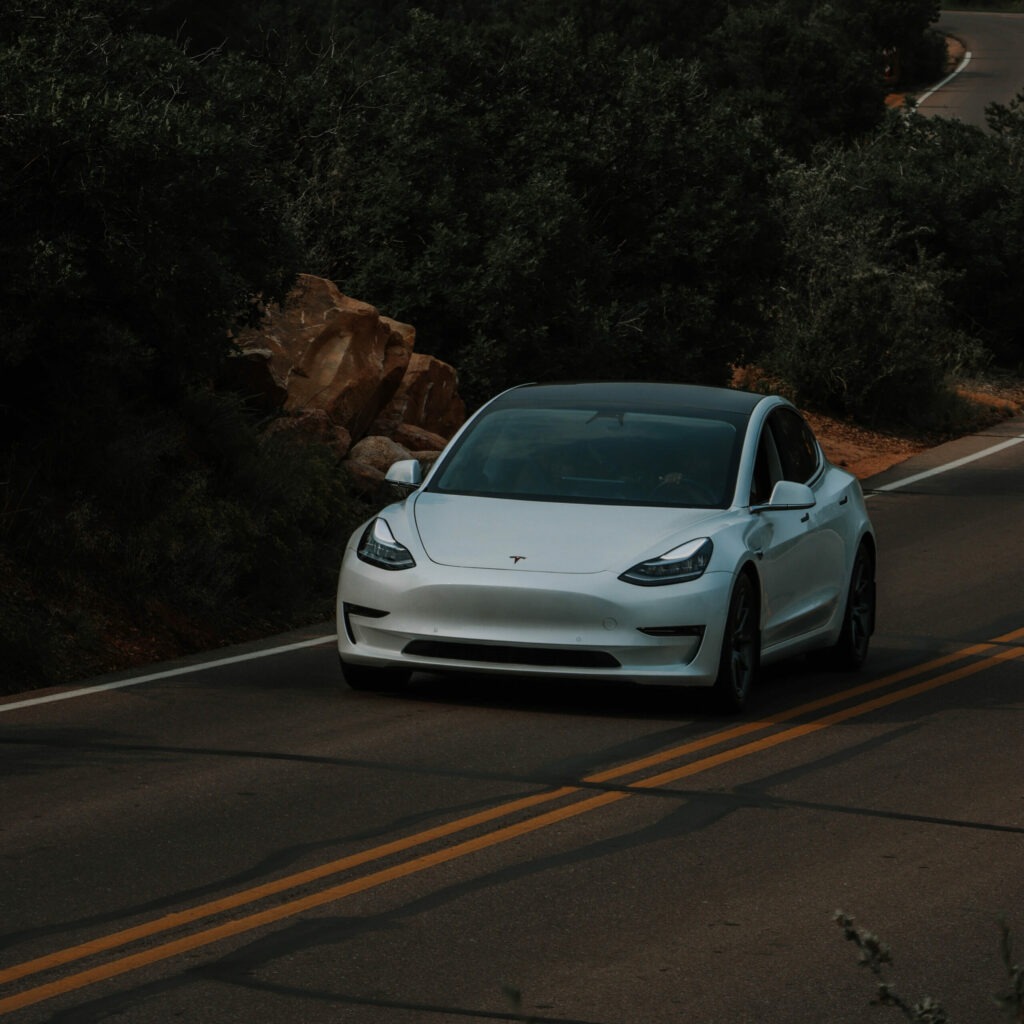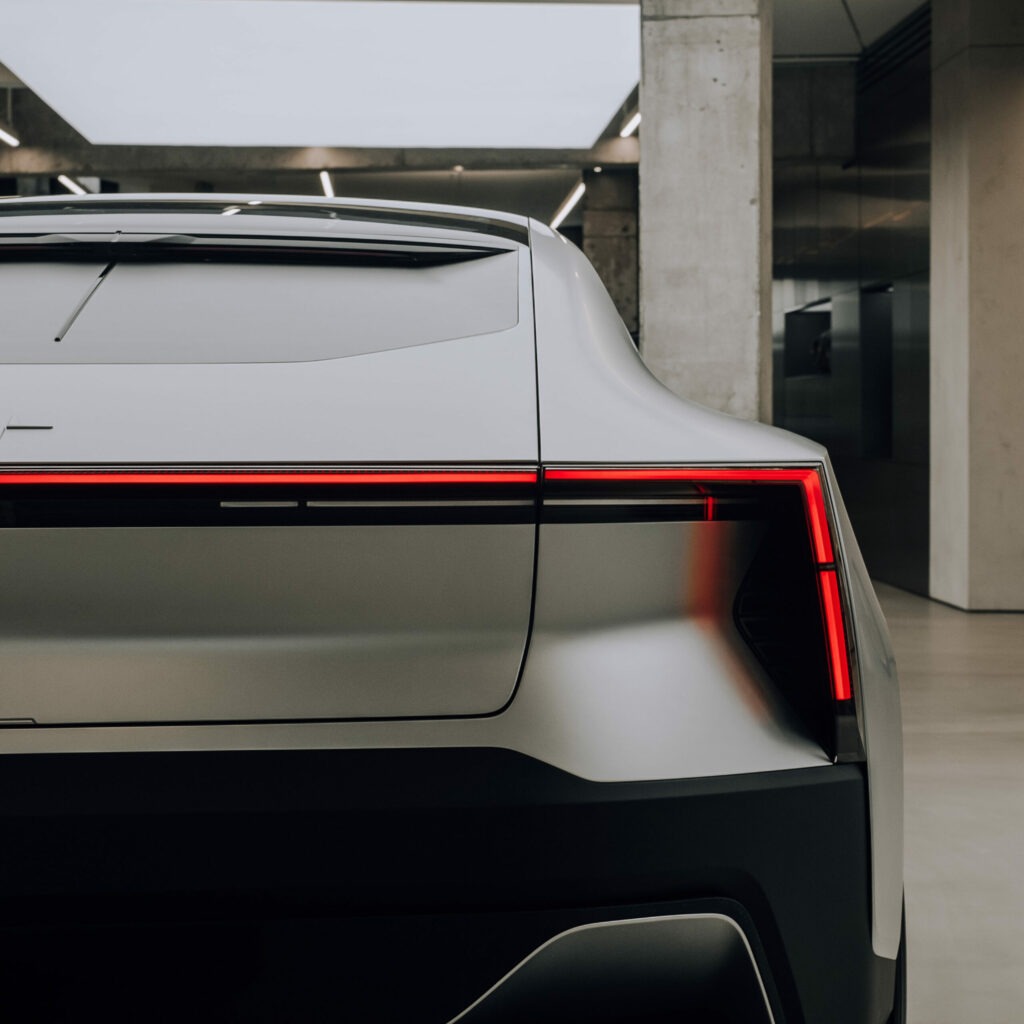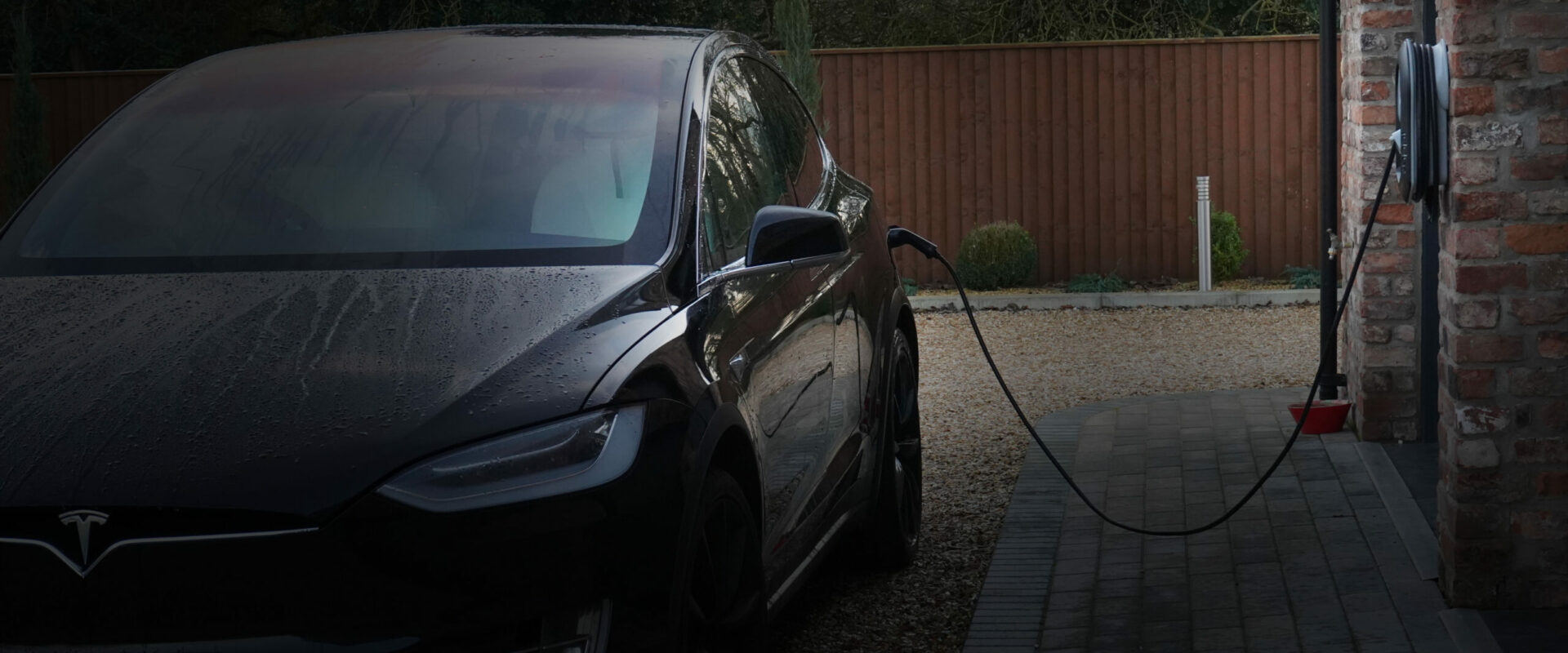Polestar 2 vs Tesla 3: Which is New Zealand’s best EV?
What’s our verdict on the Polestar 2 vs Tesla 3
When it comes to a premium EV, Tesla has dominated the market for the last few years.
However, with the launch of the Polestar 2 single-motor FWD model earlier this year, this has brought a new rival for the base Tesla Model 3 RWD.
Here at myenergi New Zealand we are often asked if our electric car chargers are compatible with the Tesla Model 3 and the Polestar 2. When it comes to charging your EV, the zappi is the rising star in New Zealand and is the perfect charging partner regardless of your choice between Tesla and Polestar.
zappi is the smart charger with a difference, not only does it have capabilities to “fast charge” your electric vehicle, it can also harness power from solar to run your EV for free!

Tesla: The Stats
The Tesla Model 3 in numbers
- A single electric motor delivering 296 hp and 376 Nm (277 lb-ft)
- A range of 278 miles from a 50 kWh battery
- 0-60mph from a standstill in just 3.3sec
- Charging times 22min (peak rate 250kW, 10-80%) 11hr 45min
- Cost of full charge $7*
- Standard Range: 491 km
- Long Range: 657 km

Polestar: The Stats
The Polestar 2 in numbers
- A standard 64 kWh battery or an optional 78 kWh pack.
- A range of 507 kms
- 0-60mph sprint in 4.5sec.
- Charging times 27min (peak rate 150kW, 10-80%) 11hr 45min
- Cost of full charge $7.00*
Vehicle Aesthetics
To many, the Polestar is more aesthetically pleasing than the Tesla, looking like a modern EV without being radically different. The front and back of the Polestar have been noted to be more characterful than the Tesla.
While the Polestar weighs around quarter of a tonne more than the Tesla and is a few centimetres taller. On physical on-look this isn’t overly noticeable and appear to be a very similar-sized family EV.
That clever suspension fitted to the Polestar is actually adjustable, allowing you dial in a bit more comfort when you aren’t in a hurry. There’s one small issue, though: in most cars, adjusting the suspension involves nothing more than pressing a button on the dashboard, whereas in the Polestar you need to jack the car up and physically twist a knob on the end of each of the four dampers.
Internally, both of these premium EV’s have opted for a minimalistic look and it really works. Tesla, however, causes controversy and split opinions on how minimalistic the interior has become. While some praise the enormous, 15.0in central touchscreen, others find it a real faff.
All internal controls including adjusting the door mirrors and steering wheel require you to delve into the touchscreen and fiddle around with buttons, as someone who is not quite as “tech-savvy” this can be a long-winded process. This touchscreen really takes the tech inside the Tesla to the next level with the ability to play games and even watch Netflix, for long-distance travelling with children, this can certainly be a selling point while others can find it more distracting than a benefit.
The Polestar is certainly better equipped right from the off with standard equipment including:
- 360-degree cameras
- Blindspot indicators
- Apple Car Play and Android Auto support
- Hands-free trunk
Our verdict
Despite the longer range, the Tesla just isn’t quite cutting it for us.
For day to day driving and family needs the Polestar wins this battle hands down. When assessing the features, design and costs, the Polestar is much more fun to drive, a smoother ride and complete with those luxury features and unique design.


